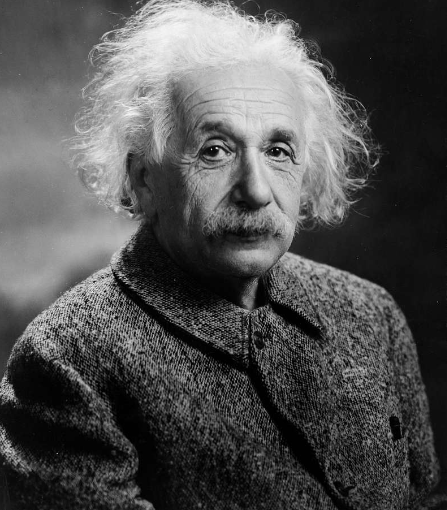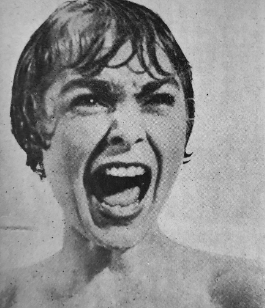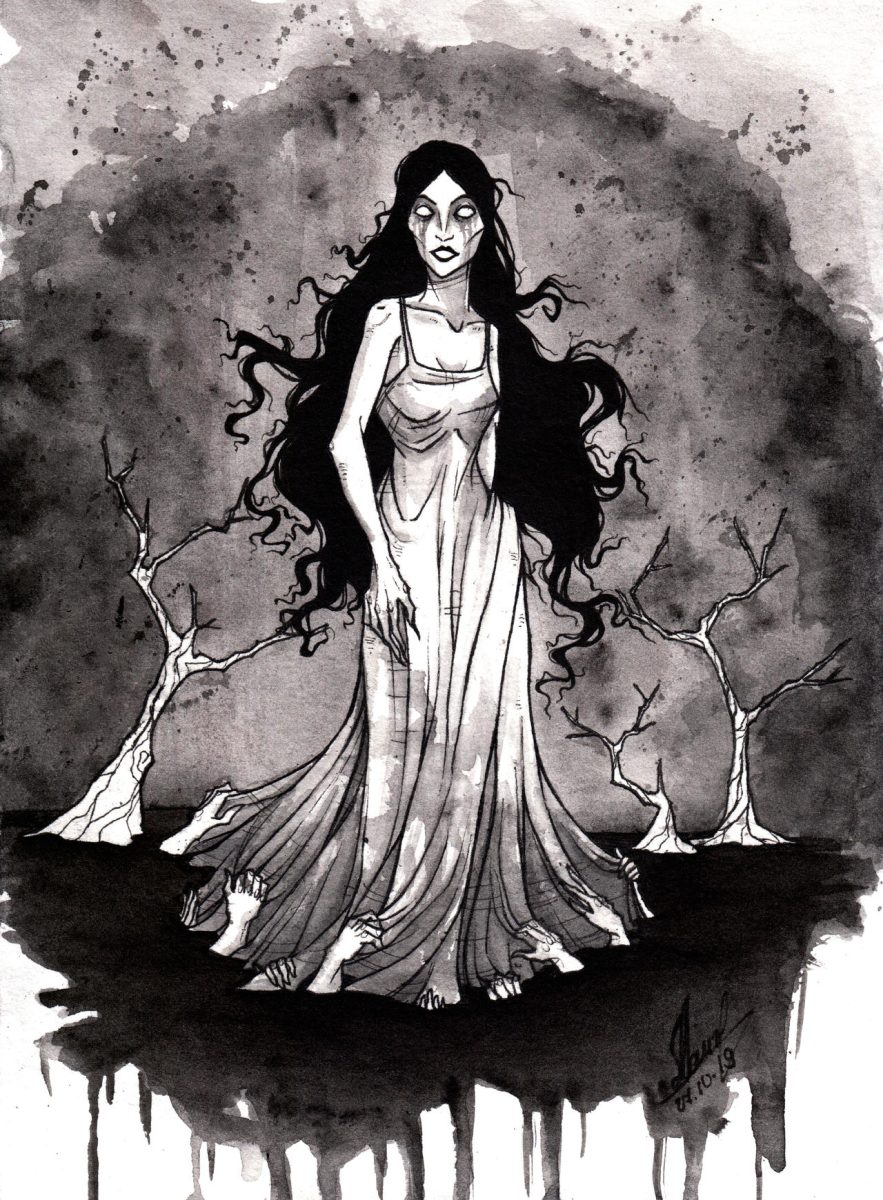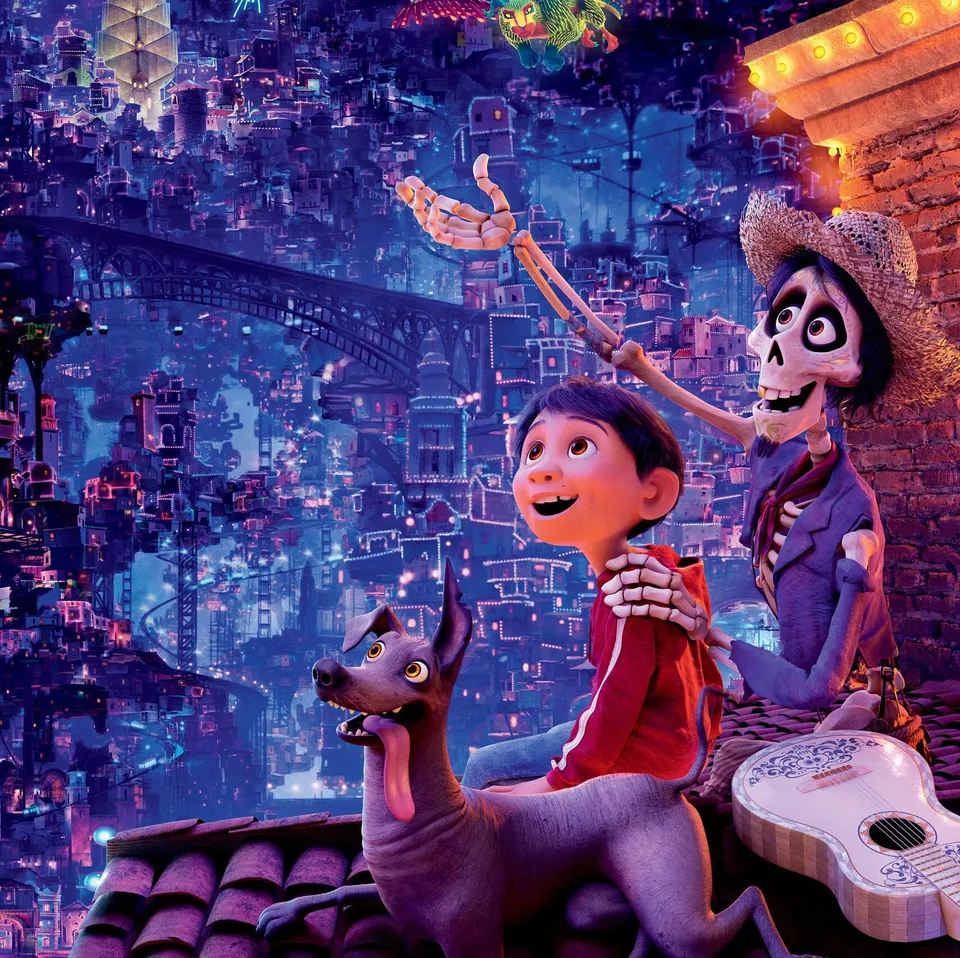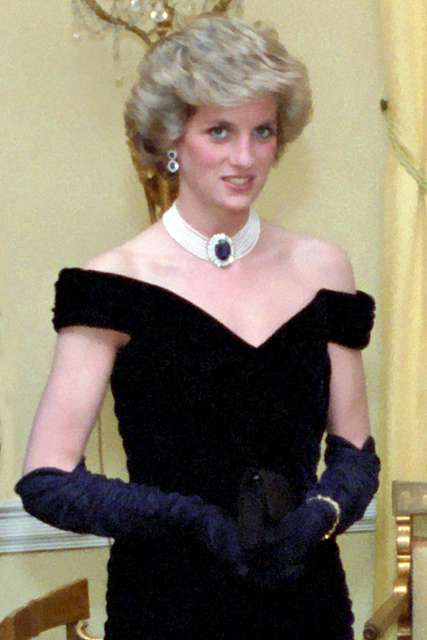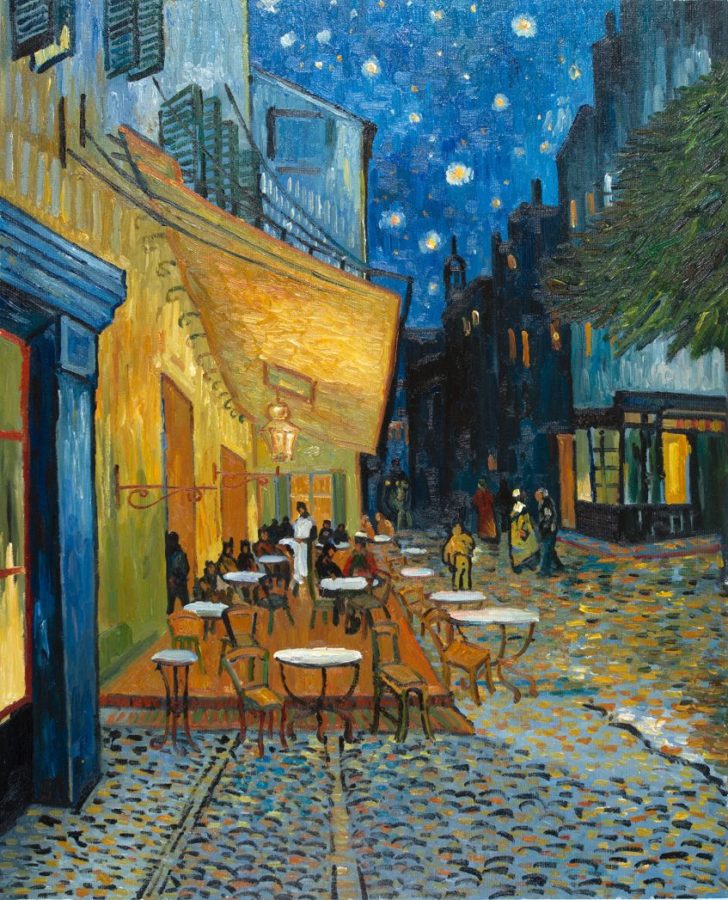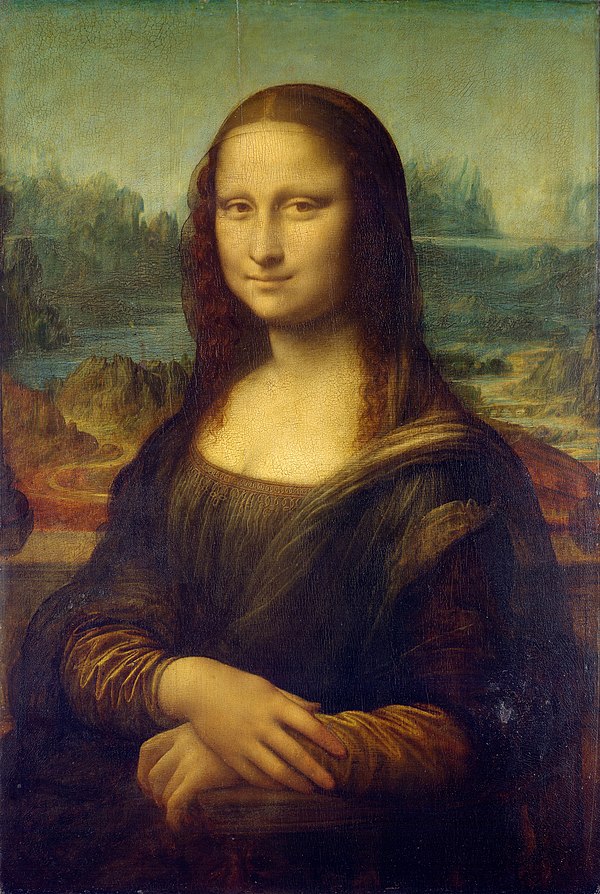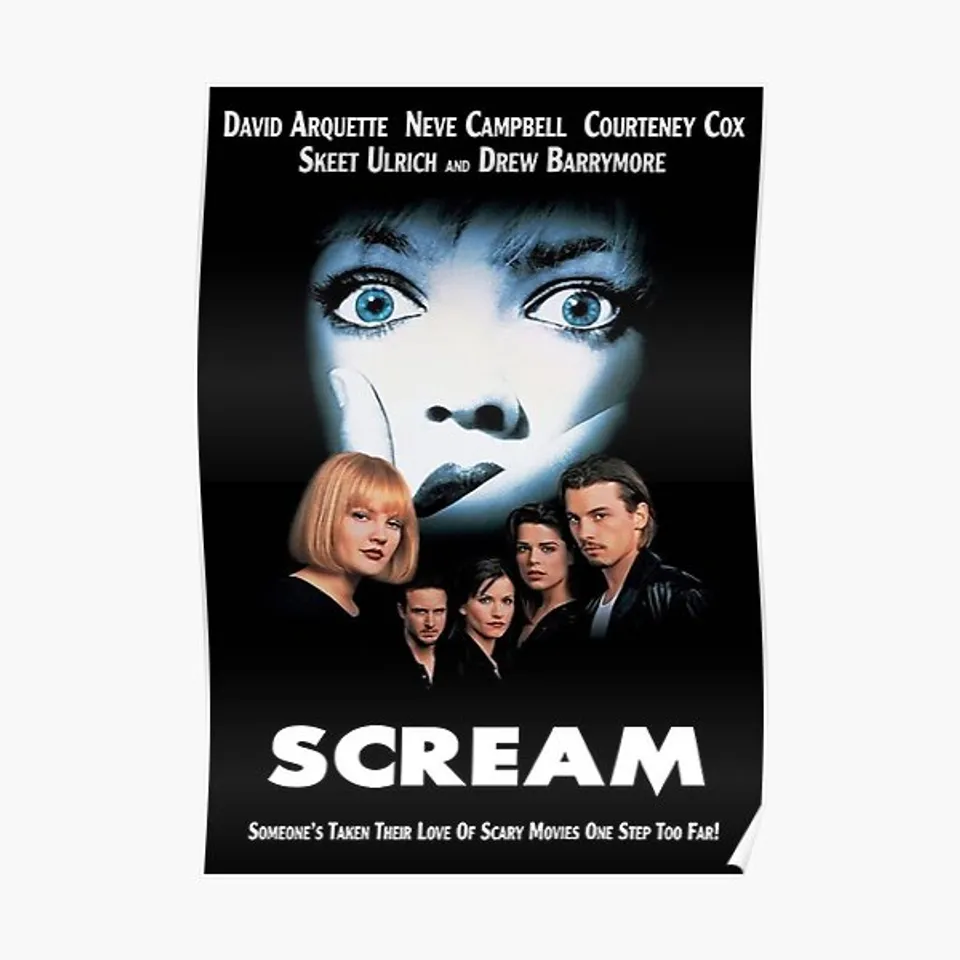A Monster In Paris, directed by Bibo Bergeron, is a delightful animated film released in 2011 that seamlessly blends adventure, humor, and heartfelt moments. Set against the backdrop of early 20th-century Paris, the story introduces audiences to a unique cast of characters, including a timid monster, a brave young woman, and a quirky inventor. Released in 2011, the film has garnered a devoted following for its enchanting animation style and its underlying themes of acceptance and friendship.
The narrative begins with a quirky inventor named Emile, who is dedicated to his work in a small Parisian workshop. One fateful night, he accidentally unleashes a series of chaotic events that lead to the creation of a creature born from a misunderstood science experiment. This creature, who quickly becomes known as Francois, is a gentle and lovable monster with the ability to sing. However, despite his endearing qualities, Francois finds himself at odds with the city, which fears and rejects him.
The film’s central conflict arises when Francois is mistaken for a menace. The citizens of Paris, spurred by fear, want to eliminate him, showcasing a common theme in animated films: the fear of the unknown. However, it is the character of Lucille, a spirited and courageous young woman who works in a cabaret, and who sees beyond the monster’s exterior. Her friendship with Francois becomes a central pillar of the story, illustrating the importance of looking past superficial differences.
As the narrative unfolds, viewers are treated to stunning visuals that bring the vibrant streets of Paris to life. The animation style is a mix of traditional hand-drawn techniques and 3D effects, resulting in a visually striking aesthetic that captures the charm of the city. The character designs are equally captivating, with each character imbued with personality, from the bumbling policeman to the flamboyant cabaret singer.
Music plays a significant role in A Monster in Paris, adding depth and emotion to the storyline. The songs performed by Francois highlight his inner struggle and desire for acceptance, while also providing a whimsical element that enhances the film’s overall charm. The soundtrack complements the film’s atmosphere, making it a memorable auditory experience as well.
At its core, A Monster in Paris is a story about friendship, bravery, and the acceptance of others despite their differences. It challenges viewers to reconsider their perceptions of what makes someone a monster, ultimately suggesting that true monstrosity lies not in appearance but in how one treats others. This theme resonates with audiences of all ages, making the film both a family-friendly experience and a profound commentary on societal issues. The film’s conclusion brings a sense of resolution, with the characters learning to embrace their uniqueness and finding solace in their bonds. Francois is celebrated rather than feared, symbolizing a triumph over prejudice and misunderstanding.
In summary, A Monster in Paris is a charming and visually stunning animated film that offers a meaningful exploration of acceptance and friendship. With its engaging characters, enchanting music, and beautiful animation, it stands as a testament to the power of love and understanding in overcoming fear. This film not only entertains but also leaves audiences with a lasting message: that everyone deserves a chance to be understood and accepted for who they truly are.

















